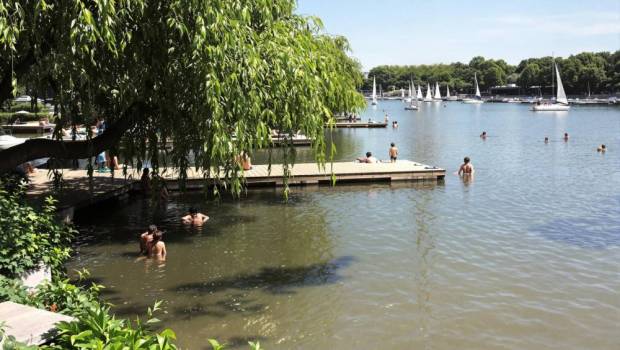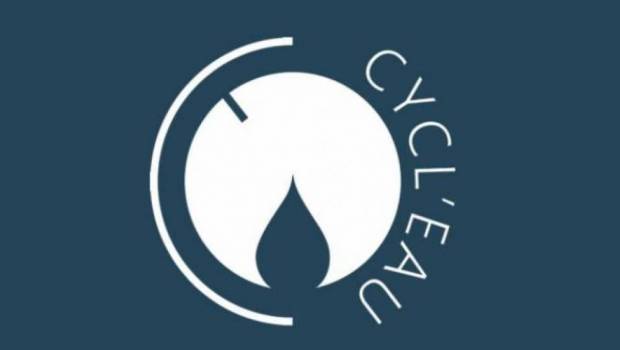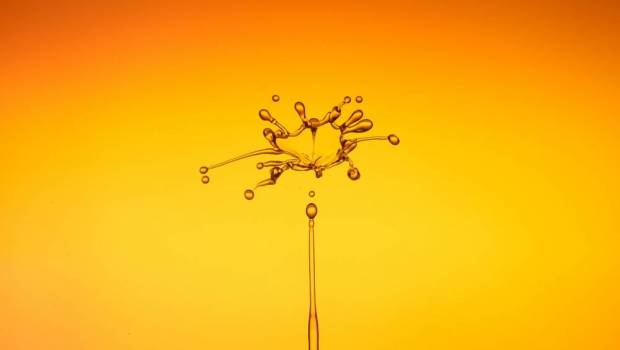
Certaines fonctionnalités de ce site reposent sur l’usage de cookies.
Les services de mesure d'audience sont nécessaires au fonctionnement du site en permettant sa bonne administration.
ACCEPTER TOUS LES COOKIES
LES COOKIES NÉCESSAIRES SEULEMENT



























